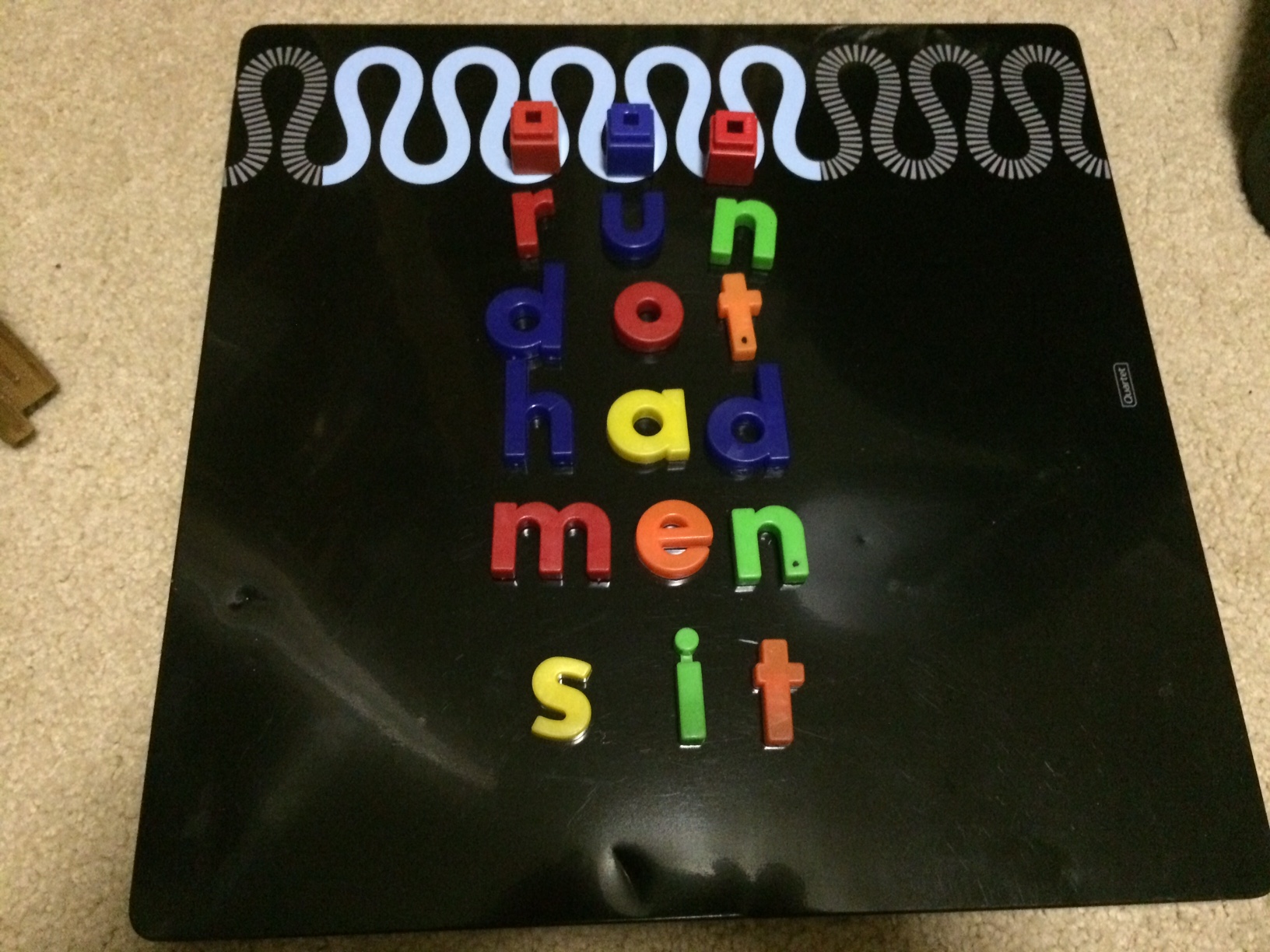Look, Cover, Write, Check
Look, Cover, Write, Check
I was watching my granddaughter doing her homework. She opened the spelling book and turned to a specially folded page. On one side was a list of words and the other half of the page was folded so she could cover the list and write on the back of it. It was a ‘look, cover, write, check’ exercise. It was easy for the teacher to set. She got most of the words correct, because if she didn't know how to write it, she would have another peek at the list and check, so she could write it correctly. After all, it was only grandpa watching, and what would he know?
In my mind, I had several questions that concerned me with the exercise. The first is "how many times did students need to do a ‘look, write, cover, check‘ to have the word permanently embedded in their understanding? Is that type of practise enough to ensure that several weeks or a term later they would still be able to spell the word, if they were given an impromptu test. Or how many times do they need to do the ‘cover, write, check,‘ process before they will get excited enough about the word to spell it correctly and use it when they're writing or in their speech.
Spelling is about enabling children, not only to recognise a word, but eventually incorporate it into their speech or writing. An interesting question for me is, ‘How much improvement in word usage is there in a child’s writing that can be attributed to me as a teacher rather than just general maturation?’
So, my question is how many times do we need to use ’Look, cover, write, check’ with the same list of words to make learning of a word complete? I suppose it leads to the question 'how effective is my spelling process within the whole class? When I give a spelling test on Friday, is my spelling teaching of that list of words done and I can move onto the next list with every child? What am I doing with the mistakes children make? Do I record them? Do I enlist parent or other help? The answer should be that I need to keep going until I know that if I give an impromptu test, or pick up a written language book and find that the words that I have had in my spelling list several weeks before will all be spelt correctly.

